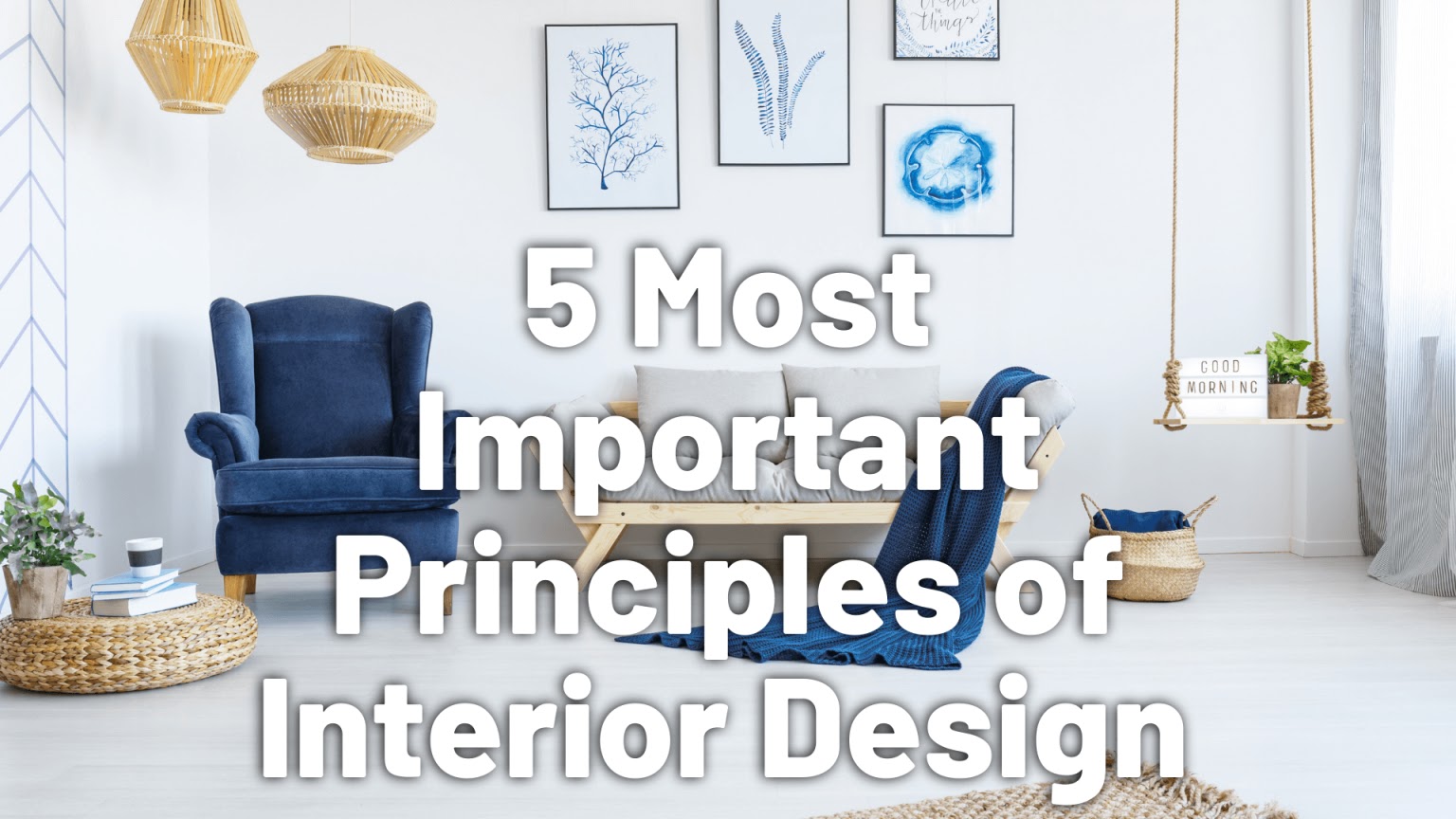Stay tuned to learn about these 5 factors that many miss. At the end of this blog, you'll understand and use the basic interior design principles used by architects and interior designers to create a great design. You may even save money or start a new career. First, let's define interior design.
Interior design
Interior design shapes interior space through the manipulation of volume and surface. Interior design, not interior decoration, incorporates environmental psychology, architecture, and product design. Interior design is a creative practice that analyses programmatic information, establishes a conceptual direction, and refines the design direction. Some jurisdictions licence interior designers.
Now that you understand interior design, we can learn its principles. Start!
1.Balance
Interior design is all about aesthetics. Interior design balance equalises visual weight in a room. Symmetrical, asymmetrical, and radial balance exist.
Symmetrical balance – It's found in traditional, natural-inspired interiors. Same object repeated on either side of a vertical axis defines symmetrical balance. You may remember old rooms with mirror-image sides. Human bodies are symmetrical because balance is more comfortable.
Asymmetrical balance is popular in design because it gives more freedom. Asymmetry done responsibly creates lively interiors. Two asymmetrical walls with balanced contrast are visually balanced.
Radial symmetry is when a design's elements are arrayed around a centre point. Circular flooring or a spiral staircase are good examples of radial balance.
2.Harmony
Interior design requires thinking of the house as a series of spaces linked by halls and stairways. A consistent style and theme is appropriate. All interior design elements should work together and complement each other to strengthen the whole composition. Color can create a theme or storyline. Color schemes unify spaces. You could use three or four colours in different shades throughout the house. Using a colour wheel can help.
3.Focal Point
A focal point must be dominant and interesting to draw attention. It must make a lasting impression and be part of the decor through scale, style, colour, or theme. A living room TV is a focal point. A bedroom's headboard is often its focal point.
You can create a focal point by highlighting a piece of furniture, artwork, or by painting one area a contrasting colour. Keep the balance. Boredom is interior design's enemy. Well-designed rooms have one or more focal points, depending on size. A focal point must be dominant and interesting to draw attention. A focal point must have a lasting impression but also be part of the decoration through scale, style, colour, or theme. Most people think of a fireplace or flat tv as a room focal point. Keep balance so the focal point doesn't dominate.
4.Rhythm
Rhythm means repetition or organized movement. Repetition, progression, and transition help achieve these design themes. Using these concepts will give your space movement, leading the eye from one element to another. Human rhythms include breathing and heartbeat. In interior design, rhythm is visual pattern repetition, like a Veener or marble.
Repeating the same element throughout a space is repetition. You can repeat a pattern, colour, texture, line, or any other element.
Progression is changing an element's qualities. Size grading is the most obvious example. A natural progression of candles on a simple tray creates interest. In a monochromatic colour scheme, each element is a slightly different shade of the same hue, you can achieve progression through colour.
Define transition. Transition is a smoother flow than repetition or progression, where the eye naturally glides. A curved line, like an arched doorway or winding path, is the most common transition.
Contrast is simple. This design principle involves contrasting two elements, like black and white sofa pillows. Form contrasts, like circles and squares, can also imply opposition. Contrast is often used to enliven a space. Too much contrast can undo your hard work with other mechanisms.
Checkout Home Interior Design With Low Budget in India
5.Details
Details are another interior design element that require great care. The lamp shade trim, scatter cushion piping, light switches, and cupboard handles all need attention. Details are boring, unlike colour. It's therefore ignored, skimmed, or left out. Details are as important to interior design as colour is to a scheme. Details shouldn't be obvious but should enhance a room's feel.
Colors have a big impact on the interior design atmosphere. Here's a post about how colours affect moods.
Scale and proportion relate to size and shape, so they go together. Proportion relates one design element to another or to the whole. Scale compares object sizes. Do you know the 5 important interior design principles?
Stay tuned to learn about these 5 factors that many miss. At the end of this blog, you'll understand and use the basic interior design principles used by architects and interior designers to create a great design. You may even save money or start a new career. First, let's define interior design.
I hope as homeowners and interior designers you find this article helpful enough to start designing the best, most attractive place for your serenity.
Happy Reading!



.jpg)
0 Comments